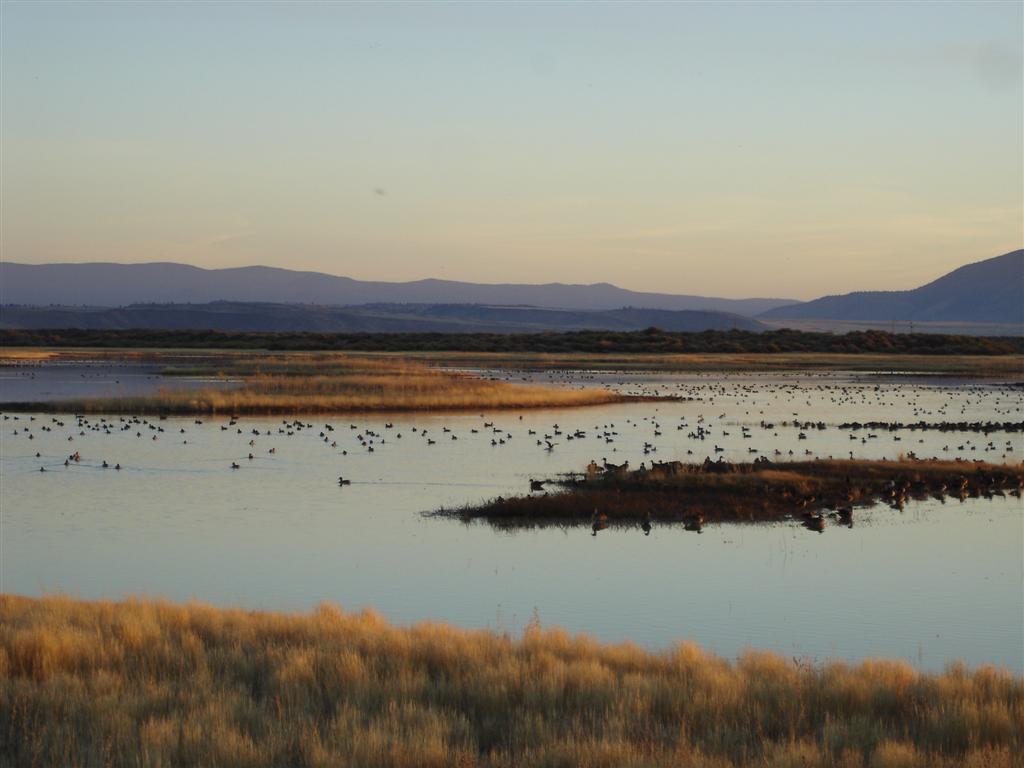-

·
Intermountain Insights: White-Faced Ibis and Water in the West
This Intermountain Insights takes a look at a fascinating study on white-faced ibis and its implications for the conservation of wetlands in the Intermountain West. Researchers from the University of Montana and the Intermountain West Joint Venture conducted the first-ever long-term monitoring of white-faced ibis breeding habitat. Using satellite imagery, they estimated seasonal flooding across…
-

·
NRCS Practices for Connecting Landscapes
Although fencelines often divide the landscapes of the Intermountain West, water and wildlife do not abide by those boundaries. Conservation of these important resources relies on an understanding of landscape-scale connectivity. This visual representation of various practices used by USDA NRCS on private agricultural land and public land leased for agriculture seeks to create dialogue…
-

·
Intermountain Insights: The Call of the Cranes
Greater sandhill cranes rely on wetland habitat on private and public land throughout the West as they migrate to and from wintering and breeding grounds each fall and spring. New science from the Intermountain West Joint Venture (IWJV) identifies the landscapes and wetland sites most important to sustaining these seasonal migrations. The paper, Migration efficiency…






